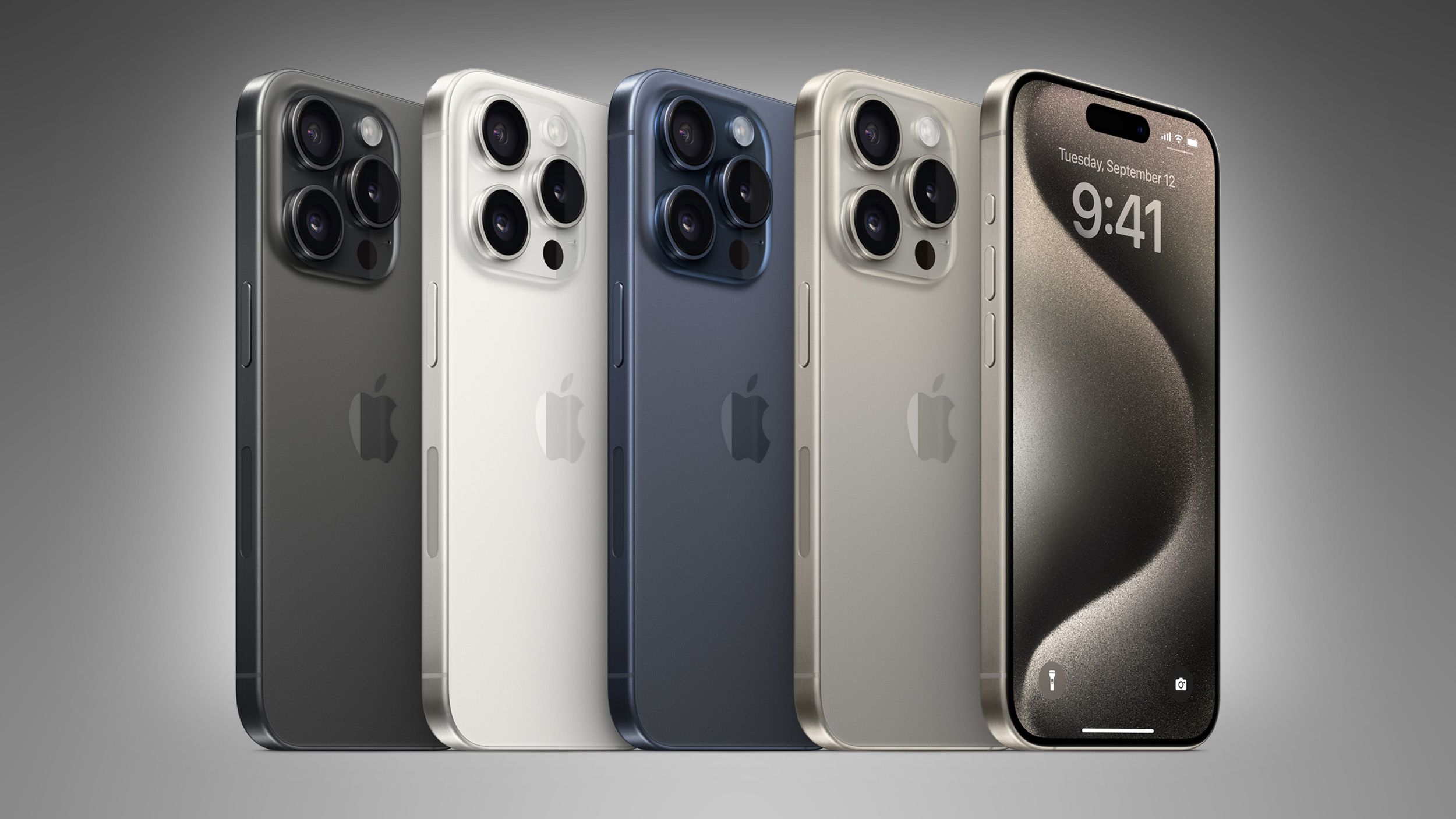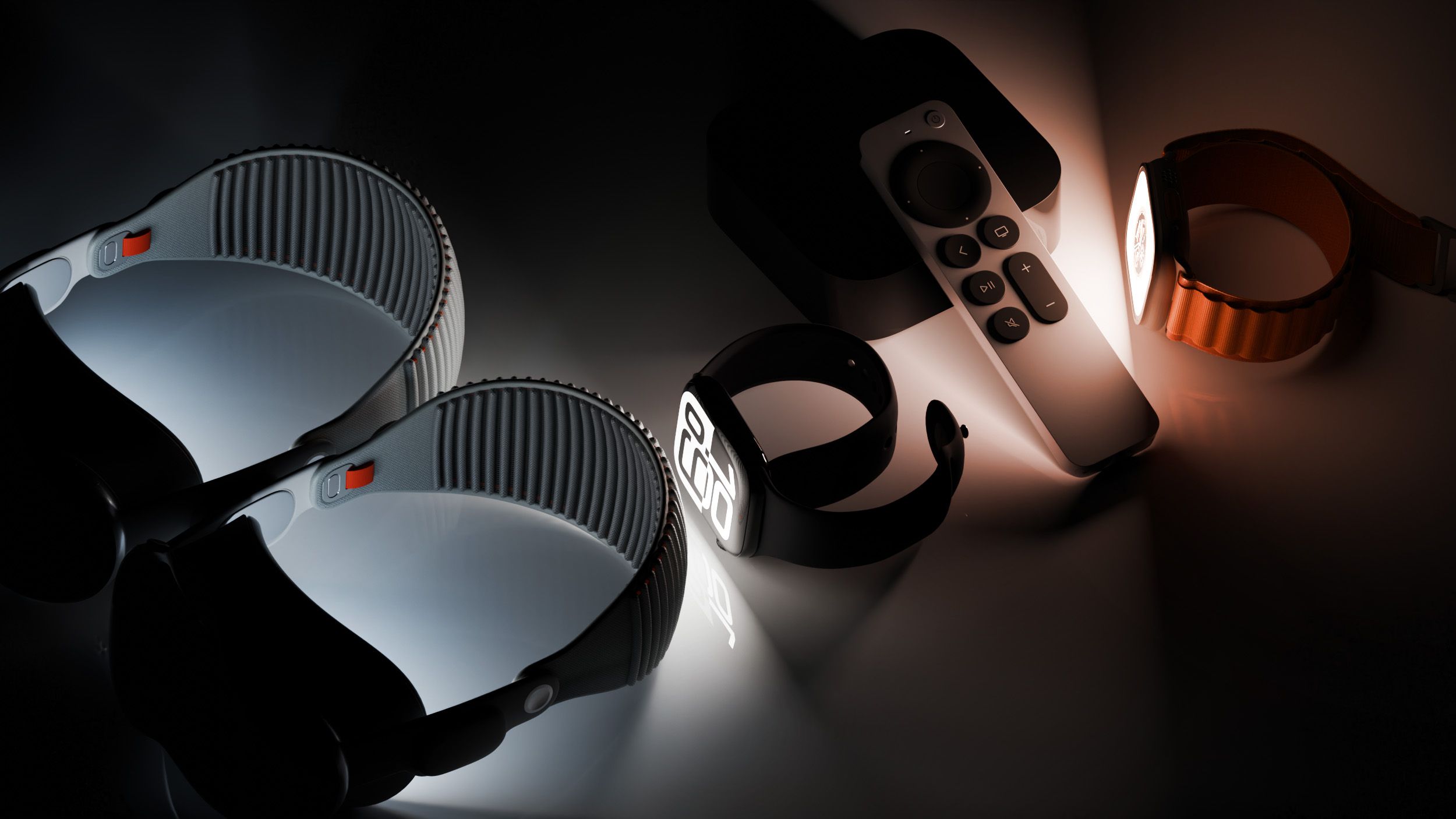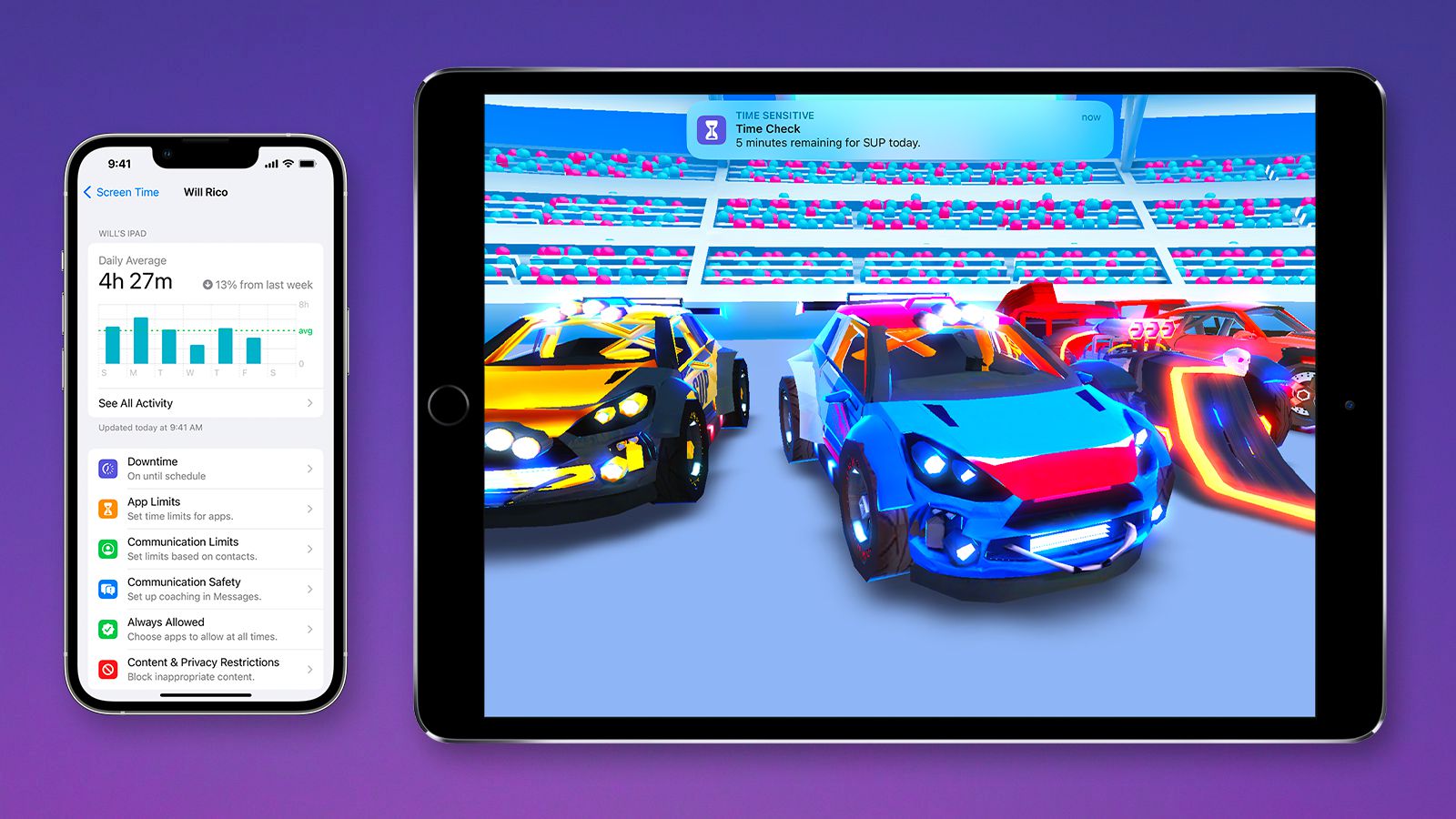While the iPhone 18 Pro models are still around a year and a half away from launching, there are already several early rumors about the devices.Below, we recap some key iPhone 18 Pro rumors, as of May 2025.Under-Screen Face ID In April 2023, display industry analyst Ross Young shared a roadmap showing that iPhone 17 Pro models would feature under-display Face ID.
In May 2024, however, Young said he heard this change had been delayed until 2026.If so, that means that under-screen Face ID could debut on the iPhone 18 Pro and iPhone 18 Pro Max next year.Citing its own sources, this month also reported that the iPhone 18 Pro models will likely be equipped with under-screen Face ID.
Top-Left Front Camera With under-screen Face ID expected, the report from said the iPhone 18 Pro and iPhone 18 Pro Max will have only a small pinhole in the top-left corner of the screen, to accommodate the front-facing camera.The report said the devices will no longer have a pill-shaped cutout at the top of the screen, but it is unclear if the Dynamic Island will be discontinued.Variable Aperture The main 48-megapixel Fusion camera on both iPhone 18 Pro models will offer variable aperture, according to analyst Ming-Chi Kuo.
With variable aperture, users would be able to control the amount of light that passes through the camera's lens and reaches the sensor.The main cameras on iPhone 14 Pro, iPhone 15 Pro, and iPhone 16 Pro models have a fixed aperture of ƒ/1.78, and the lens is always fully open and shooting with this widest aperture.With the iPhone 18 Pro models, users would be able to manually change the aperture, according to this rumor.
A variable aperture on iPhone 18 Pro models should provide users with greater control over depth of field, which refers to how sharp a subject appears in the foreground compared to the background.However, given that iPhones have smaller image sensors due to size restraints, it is unclear exactly how meaningful this improvement would be.Samsung Image Sensor Samsung is developing a new three-layer stacked camera sensor that Apple is expected to use for iPhone 18 Pro models, according to .
This advanced image sensor would make the iPhone 18's camera more responsive, and offer other benefits like reduced noise in photos, increased dynamic range, and more.The exact technology is called "PD-TR-Logic," according to a leaker known as "Jukanlosreve", and it refers to a camera sensor with three layers of circuitry affixed to it.Sony has long been the exclusive supplier of image sensors for iPhone cameras, so Samsung entering the fray would be notable.
In July 2024, Kuo said he expected Samsung to begin shipping 48-megapixel Ultra Wide camera sensors to Apple for iPhones as early as 2026, which is when the iPhone 18 Pro models are expected to be released.12GB of RAM iPhone 18 Pro models will be equipped with 12GB of RAM, according to Kuo.Increased memory bandwidth has also been rumored for the devices.
iPhone 16 Pro models are equipped with 8GB of RAM, while iPhone 17 Pro models and even the iPhone 17 Air are rumored to have 12GB of RAM.C2 Modem Apple debuted its custom-designed C1 modem in the iPhone 16e a few months ago, as part of a multi-year plan to transition away from Qualcomm modems.Apple's second-generation C2 modem will debut in the iPhone 18 Pro models next year, according to Jeff Pu, an analyst who covers companies within Apple's supply chain.
Unsurprisingly, expect the C2 modem to be faster than the C1, and for it to gain mmWave support in the United States.Further power efficiency improvements are likely too.A20 Pro Chip (2nm) Apple's A20 Pro chip for the iPhone 18 Pro models will be manufactured with TSMC's 2nm process, known as N2, according to Kuo.
Apple's latest A18 and A18 Pro chips for the iPhone 16 series use TSMC's second-generation 3nm process, while the A19 and A19 Pro chips for the iPhone 17 series are expected to use TSMC's third-generation 3nm process.The move to a 2nm process starting with the A20 chips would allow for more transistors in each chip, which would boost performance.Specifically, reports indicate that A20 chips should be up to 15% faster and up to 30% more power efficient than A19 chips.
An overview of current and expected chips:
A17 Pro chip: 3nm (TSMC's first-generation 3nm process N3B)
A18 and A18 Pro chips: 3nm (TSMC's second-generation 3nm process N3E)
A19 and A19 Pro chips: 3nm (TSMC's third-generation 3nm process N3P)
A20 and A20 Pro chips: 2nm (TSMC's first-generation 2nm process N2)
Keep in mind that these nanometer sizes are simply TSMC marketing terms, rather than actual measurements.








